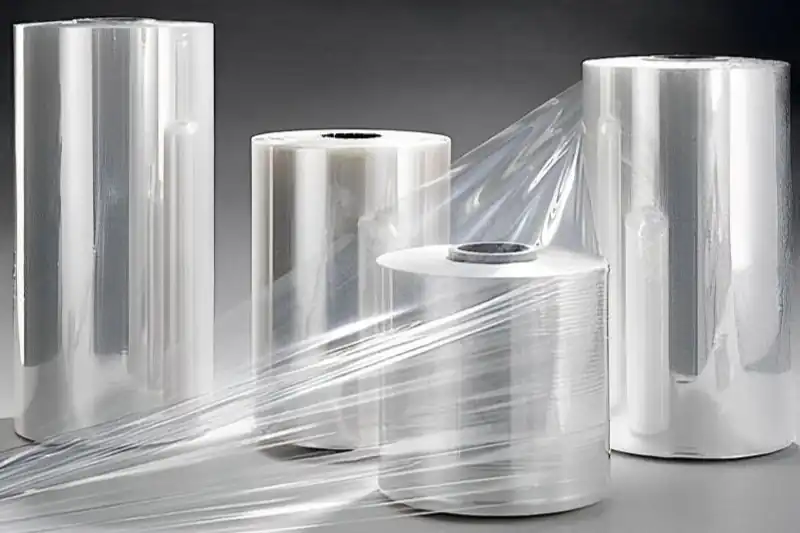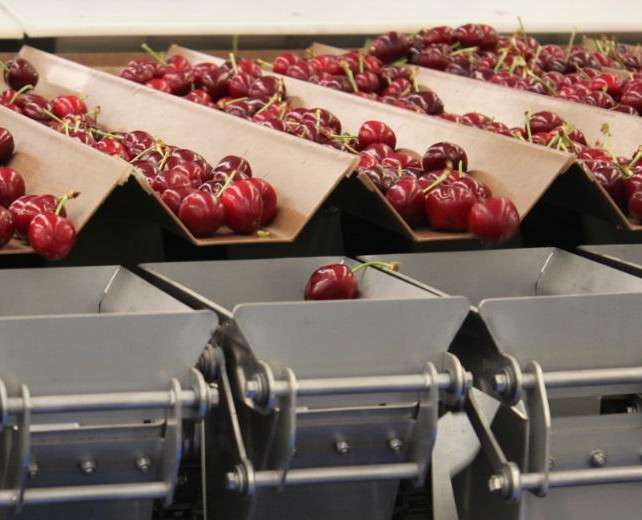Sweet cherries are gaining popularity among Chinese consumers, cherished for their juicy texture and rich flavor. However, despite their appeal, these delicate fruits are highly perishable and prone to quality loss during harvesting, storage, and transportation.
To address this challenge, researchers have been exploring innovative packaging techniques aimed at preserving fruit quality and extending shelf life. Among the various packaging options, polymeric films have shown particular promise. These films, depending on their type and thickness, influence the internal gas composition within the package, creating a modified atmosphere that can help slow down deterioration.
For example, previous studies demonstrated that ‘Ambrunés’ sweet cherries could be stored for up to 35 days when packaged in 40 μm thick microperforated biaxially oriented polypropylene (BOPP) film combined with antagonistic yeast. Similarly, shelf life extension of ‘Skeena’ cherries by six days was achieved using polylactic acid (PLA) containers and microperforated PLA lidding film.

Polymer films in cherry preservation
While BOPP and PLA show potential, polyethylene (PE) stands out for commercial applications due to its high strength, durability, cost-effectiveness, and versatility. In fact, low-density polyethylene (LDPE) has already proven effective in preserving bell peppers and kiwifruit, where varying film thicknesses helped reduce rot, maintain nutritional content, and mitigate chilling injuries.
Yet, there remains a gap in research when it comes to understanding the role of LDPE thickness on the postharvest quality of ‘Meizao’ variety. To bridge this gap, the study conducted at the Chinese Academy of Agricultural Sciences and at the Hebei Academy of Agriculture and Forestry Sciences (China) focused on evaluating the performance of LDPE-based modified atmosphere packaging (MAP) with different film thicknesses—specifically 20, 30, 40, and 50 μm (PE20, PE30, PE40, and PE50)—during 60 days of cold storage at 0 ± 0.5 °C.
A 20 μm unsealed LDPE bag served as the control for comparison. Results revealed that the 30 μm film (PE30) was the standout performer. This packaging created an optimal internal gas environment—approximately 7.0–7.7% oxygen and 3.6–3.9% carbon dioxide—that significantly delayed fruit deterioration.
Advantages of PE30 in storage
Cherries stored in PE30 retained their vibrant color, firmness, sweetness (soluble solid content), acidity, and vitamin C levels, while also minimizing weight loss, browning of the stems (pedicels), and fruit decay. But the benefits didn’t stop at visual and nutritional quality.
Physiological measurements showed that PE30 effectively suppressed the fruit’s respiration rate, a key factor in delaying ripening and spoilage. Moreover, cherries in PE30 packaging maintained higher levels of antioxidant enzymes, which help neutralize harmful reactive oxygen species.
This led to lower accumulation of ethanol and malondialdehyde (MDA)—two indicators of fruit stress and cellular damage. The findings point to PE30 as the optimal choice for extending storage life, maintaining postharvest quality, and reducing spoilage—offering a practical, scalable solution for growers, distributors, and retailers eager to meet growing demand for high-quality fresh cherries in China.
Source: Cui, J.; Jia, X.; Wang, W.; Fan, L.; Zhao, W.; He, L.; Xu, H. Effects of Modified Atmosphere Packaging on Postharvest Physiology and Quality of ‘Meizao’ Sweet Cherry (Prunus avium L.). Agronomy 2025, 15, 1774. https://doi.org/10.3390/agronomy15081774
Image source: EuroPlas
Melissa Venturi
University of Bologna (IT)
Cherry Times - All rights reserved













